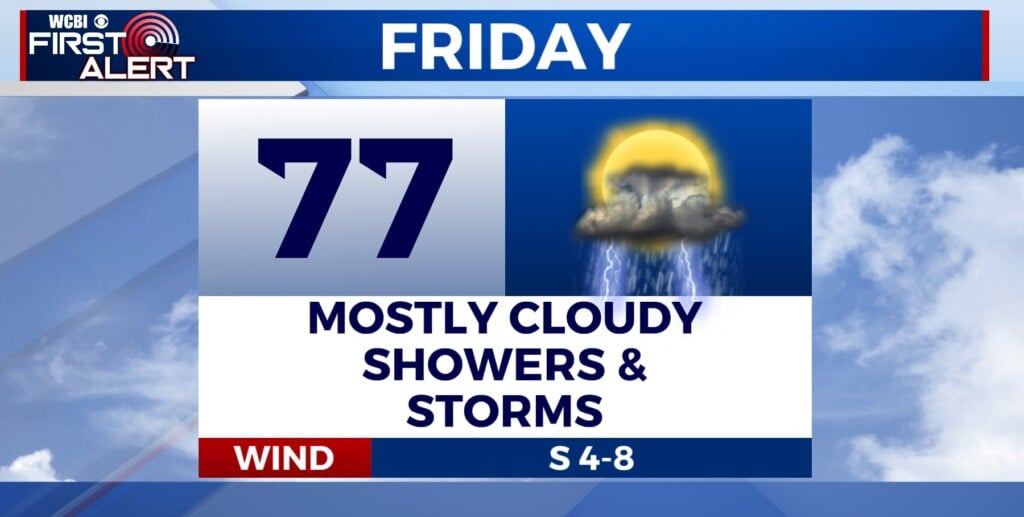Armyworms move in to wreak havoc on yards
COLUMBUS, Miss. (WCBI) – Fall armyworms may be small, only about an inch, but they have a big appetite for grass, from early planted wheat and winter forage grasses to turf grasses found on golf courses, sports fields, and even lawns.
The armyworms have always been around during the late summer but, this year it has been more like an invasion.
“We get a cycle every two to three years where it’s a lot of them but this year it’s been one of the biggest ones I remember,” Jeff Hays said.
Manager for Lowndes Farm Supply, Jeff Hays said the weather plays a key role in the armyworms’ assault plans.
“The rainfall that some places have five inches of rain and that grass is in a regrowth mode so it was all lush at the same time and that’s really what a lot of people jumped out and put some fertilizer out because they were behind on hay and grass. They want to fertilize it late so it’s just been a perfect storm sort of speak. Typically, we don’t see this, I mean this is probably easily two or three times of volume of chemicals that we normally see in the summertime being sold,” Hays said.
Fall armyworms are caterpillars that mature into moths.
Hays said one of the main ways to stop armyworms from damaging your grass is to catch them as early as possible.
“Just keep watching it. I mean just go out daily, if you out in the morning drinking your coffee, walk around and look, get down on your knees, part the grass and look at the soil. You’ll see those little in materials down there wiggling around. My eyes are not good enough to spot the eggs but there is an egg stage, larva stage then it gets to the caterpillar stage. The farmers, I’ll tell them just ride and watch. Look for the bird activity, look for small browning or yellow patches in the field and that’s a good indicator that you got them out there. you might have to get out there and spray and salvage what’s rest of it and what’s there,” Hays said.
The armyworm life span generally lasts from 10 to 21 days.




